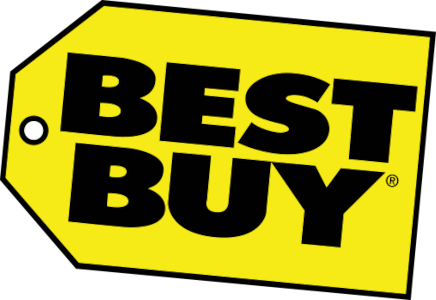Key Findings
- In 2017, Best Buy made great strides by releasing its Chemicals Management Statement. It described Best Buy’s plans to phase out chemicals of concern and improve chemicals management and disclosed that the company maintained a beyond restricted substance list (BRSL) and a manufacturing restricted substance list (MRSL).
- In 2020, Best Buy finally published its BRSL and MRSL, as well as a list of chemicals it requires suppliers to report. The publication of the BRSL and MRSL represents a step in the right direction, but the lists need to be significantly strengthened, particularly on toxic flame retardants.
- Also in 2020, the company disclosed that it adopted the Clean Electronics Production Network (CEPN) “Process Reporting Template and [has] surveyed all of [its] suppliers using this tool.”
Recommendations for Best Buy
- Best Buy should prioritize the reduction and elimination of organohalogen flame retardants in key electronics, such as televisions, and replace them with safer alternatives in the year ahead. The company should also expand its BRSL to cover other key groups and classes of hazardous chemicals, including all other toxic flame retardants, phthalates, and PFAS; lower any high concentration limits so they are meaningful; and set public quantifiable goals with clear timelines for reducing and eliminating these chemicals of high concern (CHCs). The company should establish a program to routinely test suppliers’ products itself or require suppliers to conduct the testing in third-party laboratories to ensure all private-label products are free from the chemicals on Best Buy’s BRSL and MRSL.
- The company should also expand its MRSL to cover key toxic solvents and establish a “non-use” restriction for all the substances on its MRSL. Best Buy should expand its reporting requirement to cover brand-name products. The company should also eliminate plastics of environmental health concern from its product and packaging materials with a particular focus on polystyrene (PS) and polyvinyl chloride (PVC) (moving beyond replacing its PVC gift cards).
- Best Buy should publicly disclose the alternatives used to replace CHCs or PEHCs after eliminating them, besides for its PVC gift cards. The company should become a signatory to the Chemical Footprint Project and pilot it with key private label suppliers.
Grade History
How does Best Buy compare to its competitors?
Analysis of Best Buy
Oversight: Established management responsibilities and incentives
Disclosure: Requires suppliers to report use of chemicals in products to retailer
Action: Reduced or eliminated chemicals of high concern (CHCs) or plastics of environmental health concern (PEHCs) within the last three years
Safer Alternatives: Evaluates safer alternatives, avoids regrettable substitutes
Transparency: Demonstrates a commitment to transparency and public disclosure
Third-party Standards: Promotes credible third-party standards for safer products
Extra Credit:
Joint Announcement: Public commitment demonstrated through joint announcement
Continuous Improvement: Shows continuous improvement by steadily expanding safer chemicals policy
Collaboration: Actively participates in collaborative process to promote safer chemicals
Impact Investment: Investing financial resources into independent research into safer alternatives and/or green chemistry solutions


